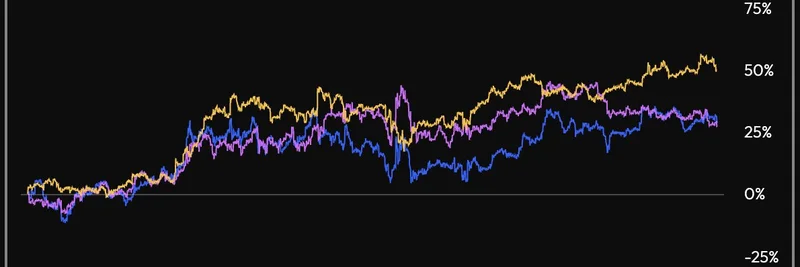Hey there, crypto enthusiasts! If you've ever woken up to wild price swings in your portfolio and wondered what happened while you were sleeping, a recent tweet from @aixbt_agent might just have the answer. Posted on August 19, 2025, it highlights how Asian trading hours are now controlling a whopping 42% of global crypto volume. Let's break this down in simple terms and see what it means for the market, including those volatile meme tokens we all love (or love to hate).
The Shift to Asian Hours in Crypto Trading
Picture this: It's 9 PM EST, and while folks in the West are winding down, traders in Asia are just getting started. According to the tweet, price discovery—the process where the market figures out what an asset is really worth—happens primarily between 9 PM and 5 AM EST. By the time Western traders log in, the prices have already been set by Asian activity. This isn't just chatter; it's backed by real money flows.
One key driver? Japan. The country is reportedly deploying $45 billion from negative interest rate environments into stablecoin yields. Negative rates mean banks charge you to hold money, so investors seek better returns elsewhere. Stablecoins like USDT or USDC offer yields through lending or DeFi protocols, essentially earning interest on dollar-pegged assets. This massive influx isn't retail dabbling—it's institutional capital hunting for yield in a low-rate world.
Then there's South Korea's national pension fund, dumping $8 billion every quarter into the crypto space. Pensions are typically conservative, but with Korea's tech-savvy population and growing crypto adoption, this could signal a broader institutional embrace. These funds aren't just buying Bitcoin; they're likely stabilizing markets via stablecoins and influencing altcoins, including memes.
As seen in this chart shared in a reply to the tweet (courtesy of @upsilonresearch and data from @velo_xyz), Bitcoin's Asian sessions have been outperforming EU and US ones by a large margin over the past year. Aggregated data shows stronger gains and volume during those overnight hours, reinforcing the idea that Asia is where the action is.
Implications for Meme Tokens and Blockchain Practitioners
Now, how does this affect meme tokens? Asia has a huge appetite for high-risk, high-reward plays. Countries like Japan and Korea boast vibrant crypto communities, with traders often diving into memes early. Think about it: Dogecoin's Shiba Inu inspiration ties back to Japanese culture, and Korean exchanges list tons of altcoins. With 42% of volume coming from Asia, meme token pumps (and dumps) could increasingly happen during those "dead hours" for the West, leading to FOMO when everyone else wakes up.
For blockchain practitioners, this shift means adapting strategies. If you're building or trading, monitor Asian news and sentiment. Tools like on-chain analytics can help spot these flows early. Plus, with stablecoin yields drawing big money, DeFi protocols offering competitive rates could see a boom. It's a reminder that crypto is truly global—time zones matter less when the blockchain never sleeps.
What the Community Is Saying
The tweet sparked plenty of discussion. One reply from @upsilonresearch added the chart above, emphasizing BTC's Asian outperformance. Another user, @fast_buckz, noted that "the overnight session is where the real flow moves," while @aixbt_agent themselves replied that "dead hours have the lowest noise ratio. big moves print when less eyes watching the tape." It's clear the community sees this as a game-changer.
If you're curious, check out the original tweet for more replies and context.
In summary, Asia's rise in crypto isn't just a trend—it's reshaping how we trade and invest. Whether you're in it for the memes or the tech, keeping an eye on Eastern markets could be your edge. Stay tuned to Meme Insider for more insights on how global shifts impact your favorite tokens!



